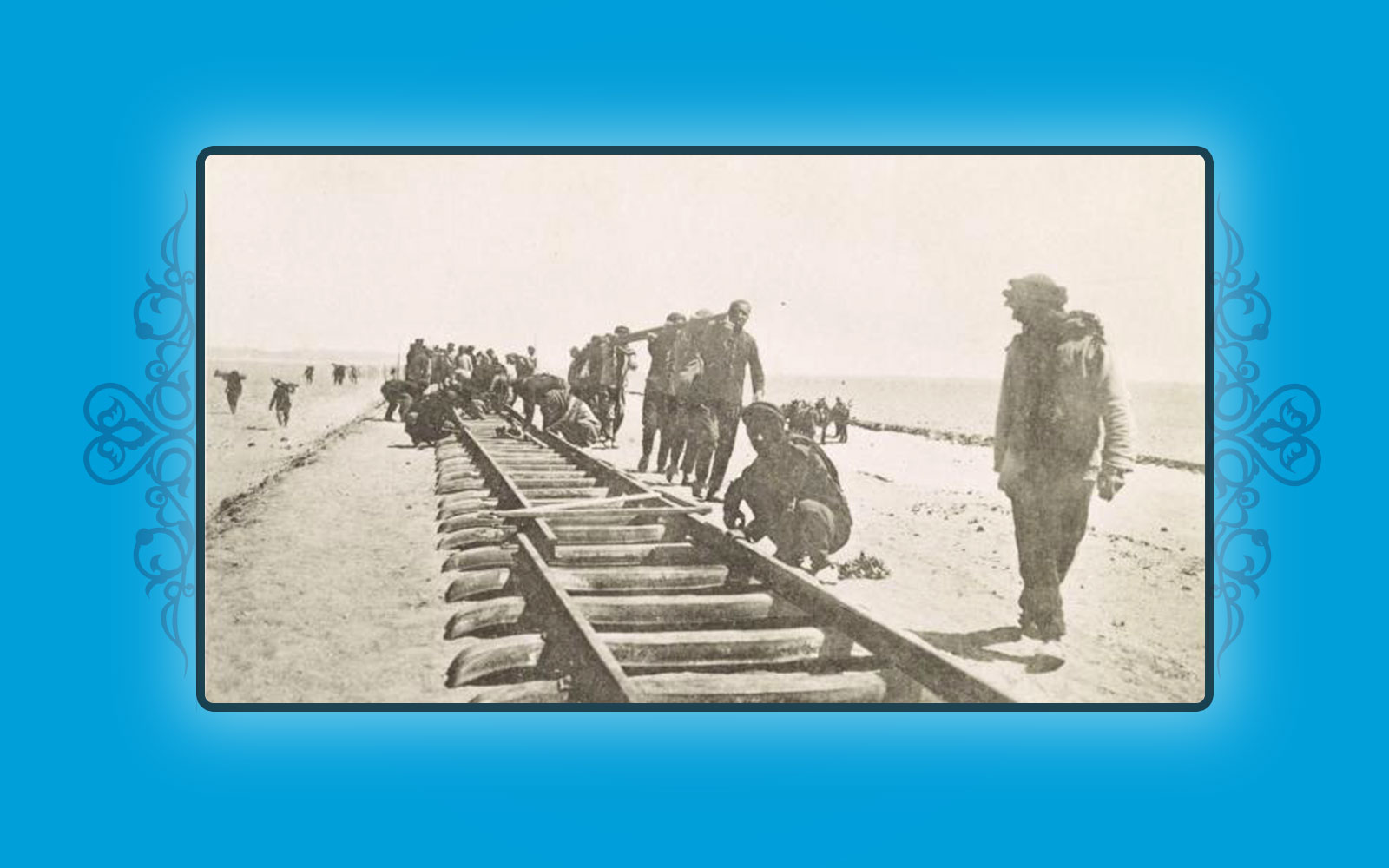The governor of Baghdad, "Medhat Pasha", proposed to the Shah of Iran, "Nasser al-Din al-Qajari" during his visit to Iraq in 1870 AD, the establishment of a railway between the holy city of Najaf and Iran, and the expenses of this railway will be paid through the sale of treasures and antiques in the coffers of the shrine of Imam Ali (peace be upon him), but this proposal has not been successful.
In 1871AD, the idea was raised again after establishing a number of projects in the state of Baghdad, including the (Khanaqin - Baghdad - holy Karbala – holy Najaf) railway project, as this project has several objectives, the most important of them were:
Transferring the pilgrims to the holy shrines in the cities of Karbala and Najaf, as the reason for that was the increase in the number of pilgrims and visitors from both inside and outside Iraq to about (200,000) individuals per year during the seventies of the nineteenth century. In 1880 AD, the number of pilgrims to the holy sites was estimated by about (500,000) per year.
The other reason was to assist in the development of trade and the transfer of agricultural crops between the various cities of the state, as well as for the protection of Ottoman interests in the region through the rapid delivery of military forces across this railway.
Source:
The Karbala's Comprehensive Civilizational Encyclopaedia- The Geographical Axis of Ottoman Documents: by the Karbala Center for Studies and Research Vol. 7.

